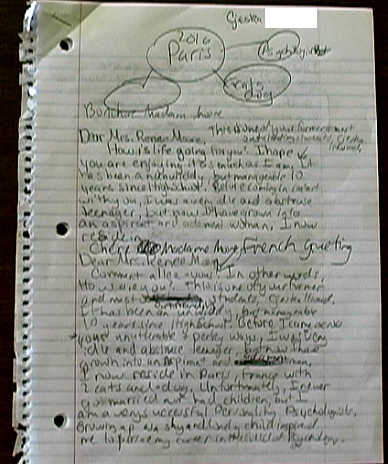
There is great value in having students study original sources, and a great number of them can be found on the web. Simply viewing sources online, however, does not take advantage of their value. The ability to deconstruct these sources, literally, by tearing them apart while working over and through the ideas is very useful.
Take the example of my section on Romanticism. I've listed three original sources that I want my students to read and discuss. I want them to be able to cite their contributions to the Romantic movement as a whole. There are a number of ways to do this, of course, but I'd like to explore an Education 2.0 alternative.
First I find the source online, in this case, Wordsworth's Preface to Lyrical Ballads. I want to be able to mark it up, write all over it, highlight and underline. There are very worthy digital annotation tools, such as Diigo, which I have used with success. But I've found greater simplicity in a Firefox extension called Google Docs Bar, which allows me to capture whole articles or portions of text, and turn them into Google docs, retaining much of the digital format. Once a captured article is a doc, I can manipulate it any way I like. Check out my example.
My plan is to use this as a viewing template, which students (in their small groups) can copy-paste into their own documents, and further annotate, defining words, answering my questions, and highlighting sections which support their responses. They will share those documents with each other and me. I will be able to see who is contributing what, as well as how far they've progressed in their comprehension of difficult reading material.
What do we accomplish when we tear ideas apart and put them back together in our own way? Understanding.



No comments:
Post a Comment